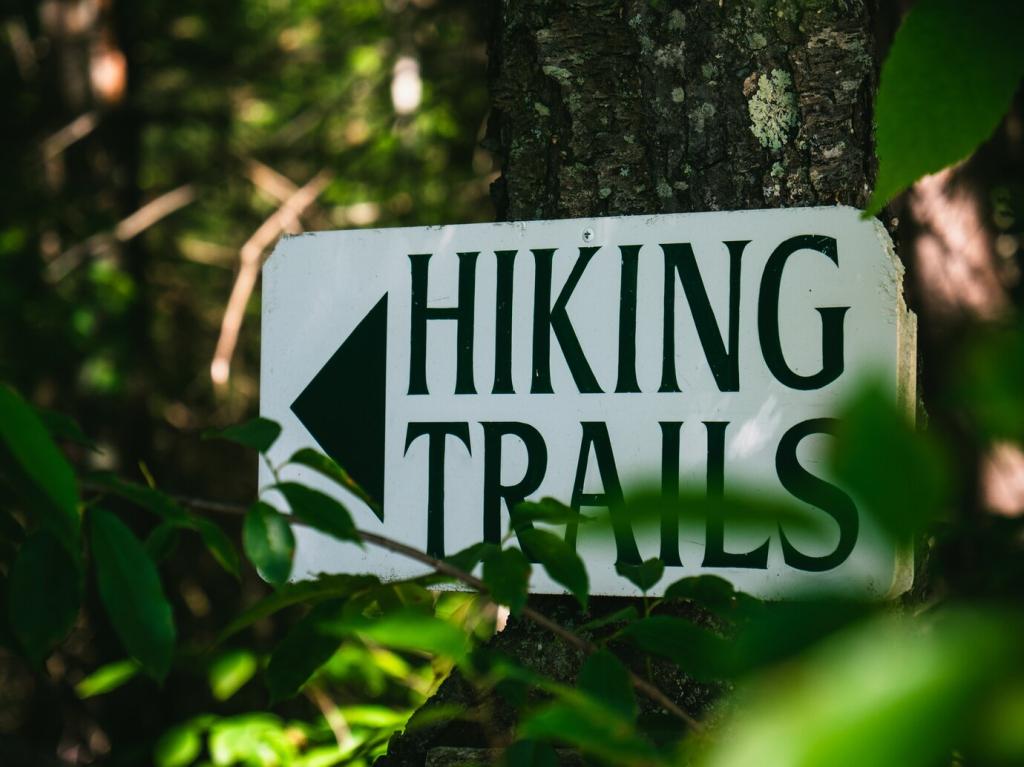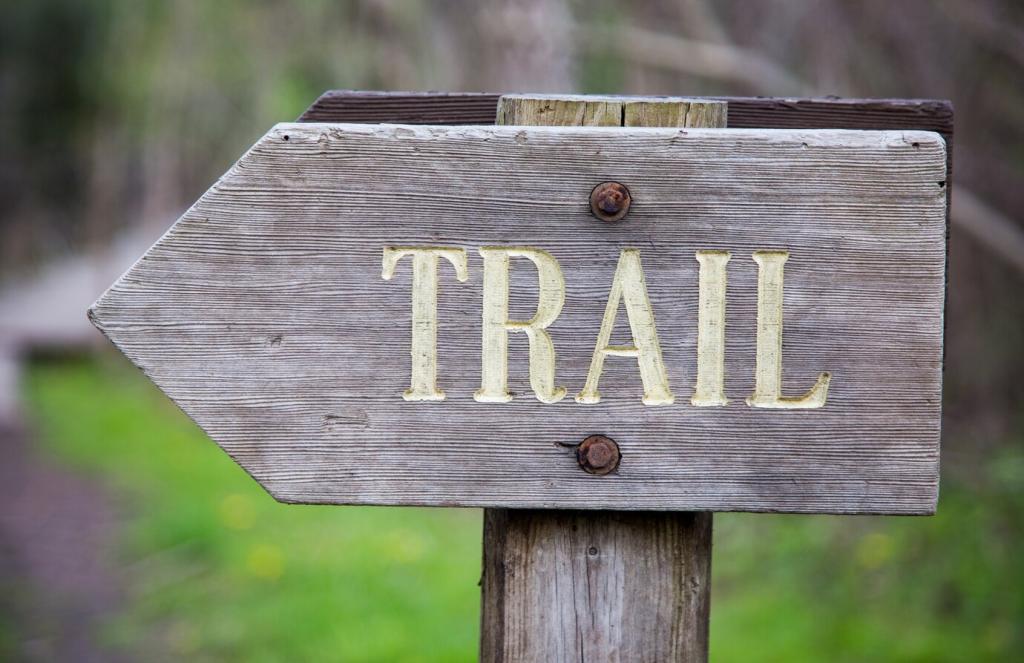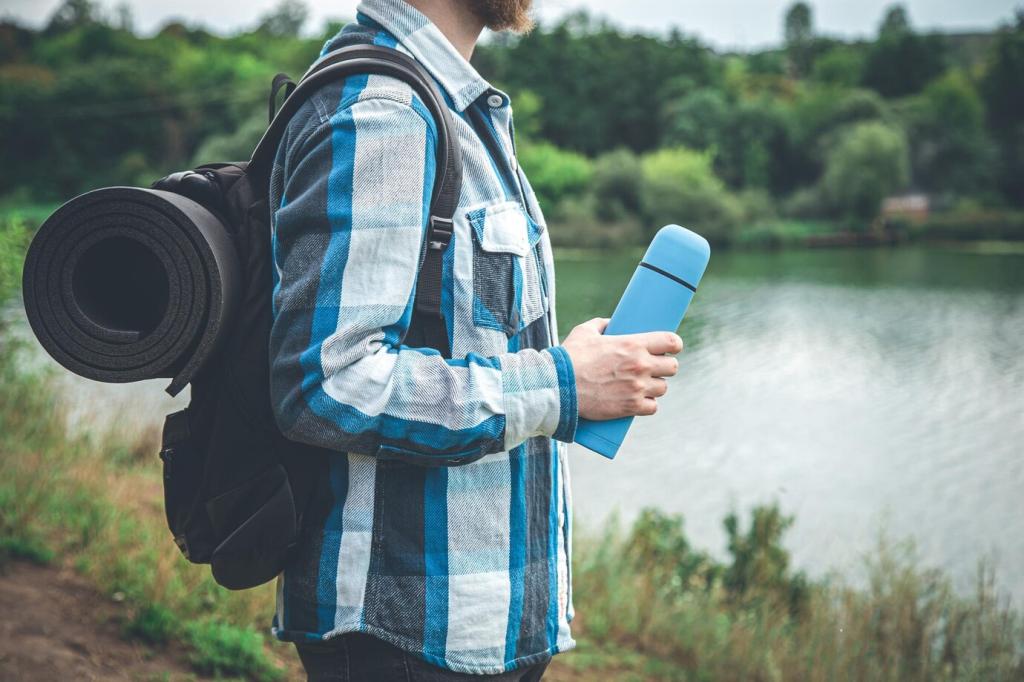Keep Your Pack Dry: Covers, Liners, and Dry Bags
Pack covers shed rain but struggle in wind and brush. A robust pack liner—roll-top, seam-taped, and sized generously—protects where covers fail. Add color-coded dry bags for sleeping gear, layers, and food. When you open your pack in a downpour, everything important should remain perfectly dry.
Keep Your Pack Dry: Covers, Liners, and Dry Bags
Use double protection for phones, power banks, and headlamps: a small dry bag plus a lightweight waterproof pouch. Laminated maps or map cases prevent ink bleed, while a backup paper copy rides safely in your liner. Share how you keep batteries warm and functional during long, chilly rainy stretches.










